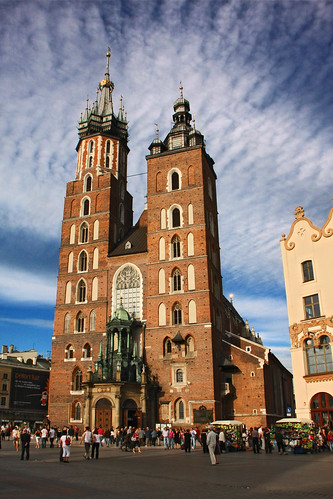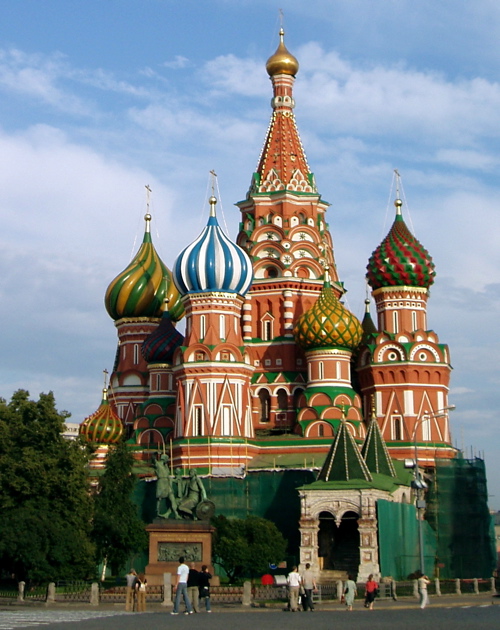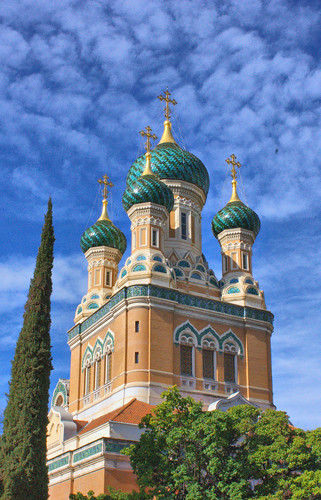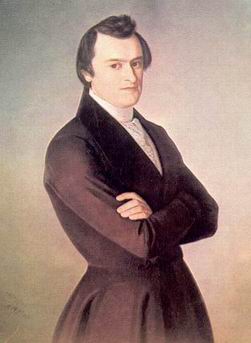Post by tufta on Sept 20, 2010 18:35:49 GMT 1
Stalin's Hell on Earth
by Ludwik Kowalski
In memory of my father, Marek (Mark Isakovich) Kowalski, a naive idealist deceived by propaganda. He was one of millions of victims of Stalinism.
The idea of writing about Stalinism sprang from an accidental encounter. In July of 2000, while vacationing in Alaska, I noticed a plaque with the name of the Russian town Magadan in an Anchorage souvenir store. That name had been engraved in my memory since 1939, when I was eight years old, living in Russia. The address: "Kolyma, Magadan, Buchta Nagayevo" was where my father, arrested one year earlier, had died in a concentration camp at the age of 36.
Not too many Americans know that the number of lives lost in Stalin's death camps in the Magadan area (between 1930 and 1960) was comparable to the number of those wasted in Hitler's Auschwitz./-/
Many people in Russia were affected by the horrors of proletarian dictatorship immediately after the revolution. Others experienced it only after the revolution started killing those who served it faithfully. How did these new victims feel about what started to happen to them after Kirov was assassinated in 1934? Most of them thought it was an aberration due to some mistakes at low levels of administration. The autobiography of Evgenia Ginzburg (25) provides a good illustration.
"Later I was to learn what a lucky number I had drawn in the political lottery. My investigation was over by April, before the Veverses and Tsarevskys were authorized not only to curse and threaten their victims but to use physical torture. ... How much easier and simpler if I had been [in the hands of the Gestapo]! A Communist held by the Gestapo - I would have known exactly how to behave. But here? Here I had first to determine who those people were, who kept me imprisoned. Were they fascists in disguise? Or victims of some super-simple provocation, some fantastic hoax? And how should a Communist behave "in prison in his own country?" /-/
The whole book is here
pages.csam.montclair.edu/~kowalski/father2/introduction.html
by Ludwik Kowalski
In memory of my father, Marek (Mark Isakovich) Kowalski, a naive idealist deceived by propaganda. He was one of millions of victims of Stalinism.
The idea of writing about Stalinism sprang from an accidental encounter. In July of 2000, while vacationing in Alaska, I noticed a plaque with the name of the Russian town Magadan in an Anchorage souvenir store. That name had been engraved in my memory since 1939, when I was eight years old, living in Russia. The address: "Kolyma, Magadan, Buchta Nagayevo" was where my father, arrested one year earlier, had died in a concentration camp at the age of 36.
Not too many Americans know that the number of lives lost in Stalin's death camps in the Magadan area (between 1930 and 1960) was comparable to the number of those wasted in Hitler's Auschwitz./-/
Many people in Russia were affected by the horrors of proletarian dictatorship immediately after the revolution. Others experienced it only after the revolution started killing those who served it faithfully. How did these new victims feel about what started to happen to them after Kirov was assassinated in 1934? Most of them thought it was an aberration due to some mistakes at low levels of administration. The autobiography of Evgenia Ginzburg (25) provides a good illustration.
"Later I was to learn what a lucky number I had drawn in the political lottery. My investigation was over by April, before the Veverses and Tsarevskys were authorized not only to curse and threaten their victims but to use physical torture. ... How much easier and simpler if I had been [in the hands of the Gestapo]! A Communist held by the Gestapo - I would have known exactly how to behave. But here? Here I had first to determine who those people were, who kept me imprisoned. Were they fascists in disguise? Or victims of some super-simple provocation, some fantastic hoax? And how should a Communist behave "in prison in his own country?" /-/
The whole book is here
pages.csam.montclair.edu/~kowalski/father2/introduction.html


















